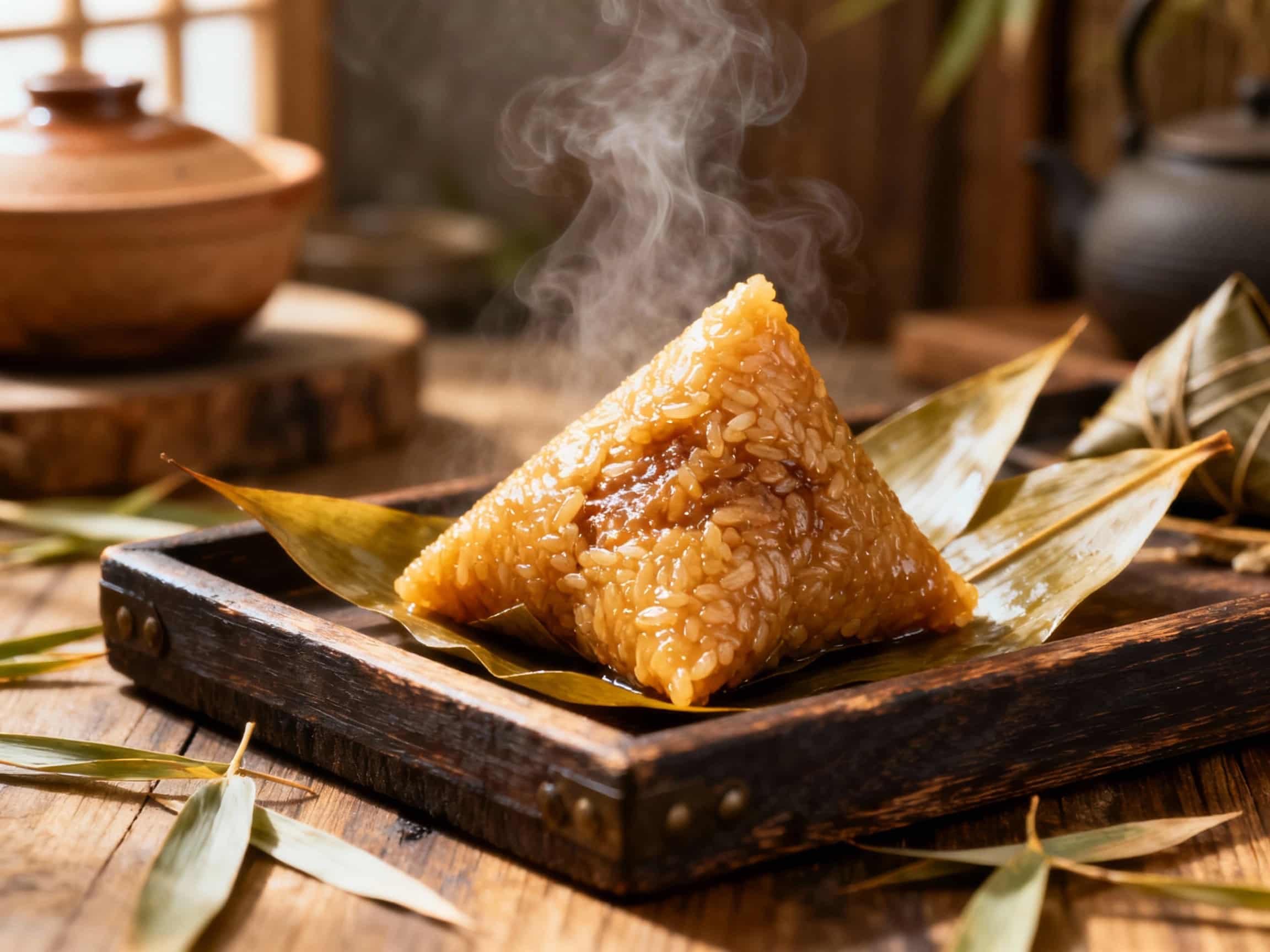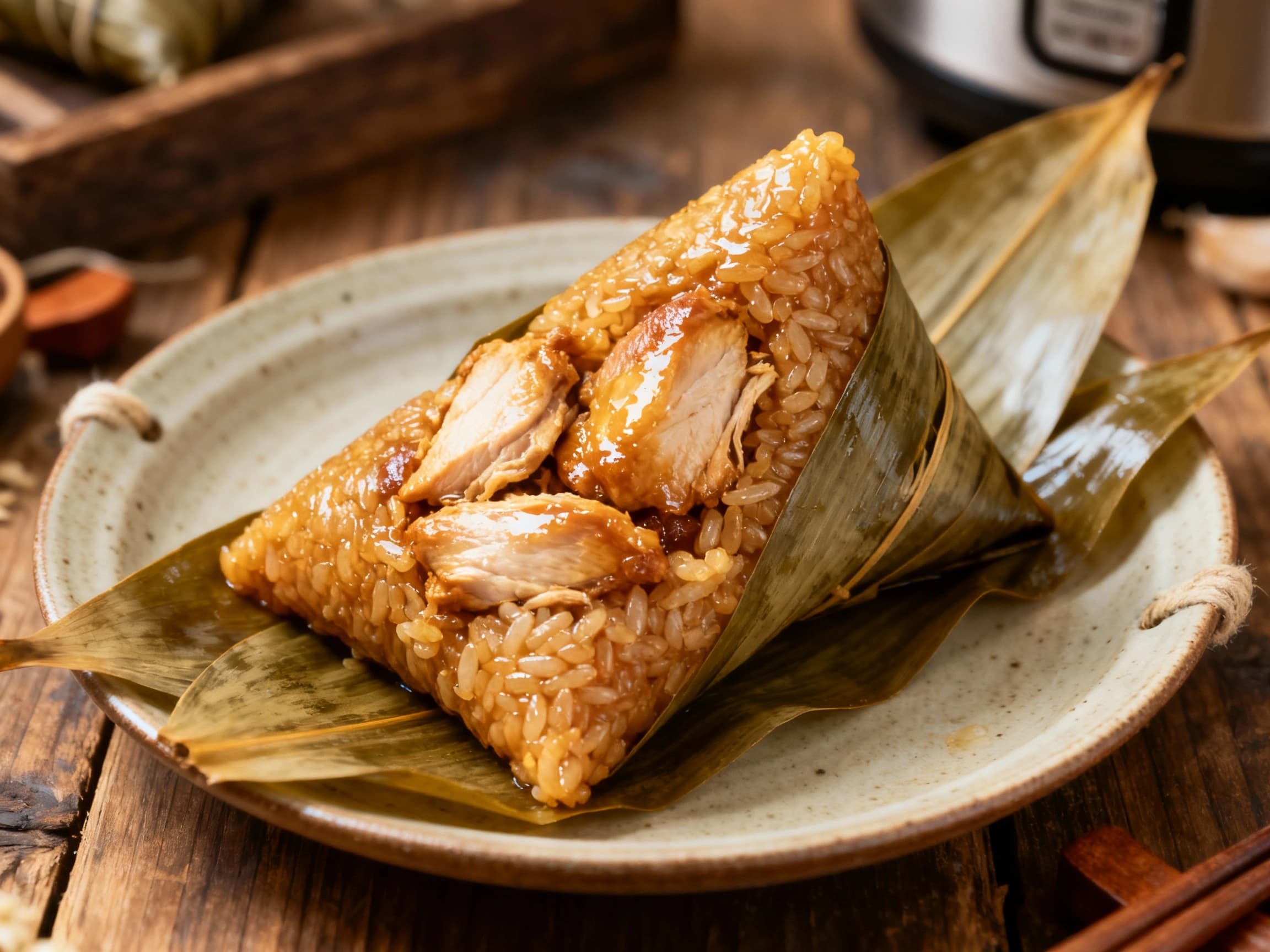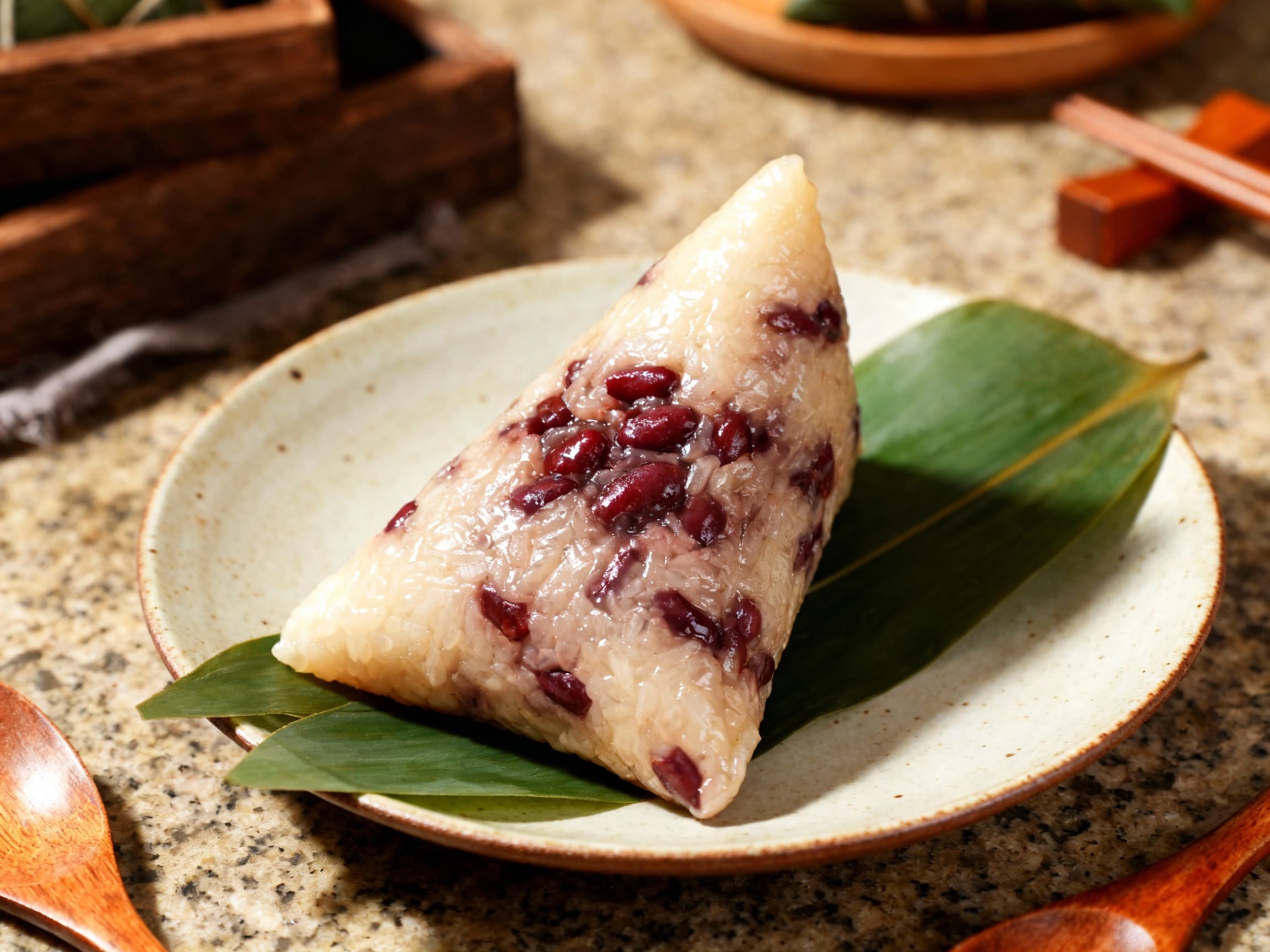
Zhongzi
粽子
- Country
- China
- Region
- Hunan
- Recipes
- 2 Recipes
Dish information
Zhongzi, also known as sticky rice dumplings or simply zongzi, is a traditional Chinese food made of glutinous rice stuffed with various fillings and wrapped in bamboo, reed, or other large flat leaves. They are cooked by steaming or boiling. The origins of zhongzi are often traced back to the Spring and Autumn period, where it is believed they were used as offerings to the poet Qu Yuan. His legend is strongly tied to the Dragon Boat Festival, celebrated on the fifth day of the fifth lunar month. According to popular folklore, when Qu Yuan drowned himself in the Miluo River in protest of corruption, villagers rushed to his aid in boats and threw eggs and rice into the river to prevent fish from eating his body. This act evolved into the practice of making zhongzi, which were thrown into the river annually on the anniversary of his death. Beyond its mythical origins, zhongzi has a rich history as a staple food. Different regions in China have developed their own distinct variations. For instance, in Jiangsu and Shanghai, savory zhongzi might contain marinated pork, while in Fujian, they can include abalone and dried scallops. Sweet zhongzi are also popular, often filled with red bean paste or dates. The custom of eating zhongzi and participating in dragon boat races has spread to many East and Southeast Asian countries, becoming an integral part of cultural celebrations and culinary heritage. It is a symbol of remembrance, unity, and the enduring spirit of Chinese traditions, often shared among family and friends during festivals.
Timeline
Legend of Qu Yuan's death and the origin of throwing rice into rivers.
The practice of wrapping rice in leaves and cooking it becomes more widespread and refined.
Zhongzi traditions are solidified and become a staple of the Dragon Boat Festival.
Regional variations of zhongzi become more distinct and documented in culinary texts.
Mass production techniques begin to influence the availability of zhongzi.
Gourmet and exotic fillings begin to appear in commercial zhongzi, expanding its appeal.
Zhongzi gains international recognition as a key component of Chinese culinary heritage.

